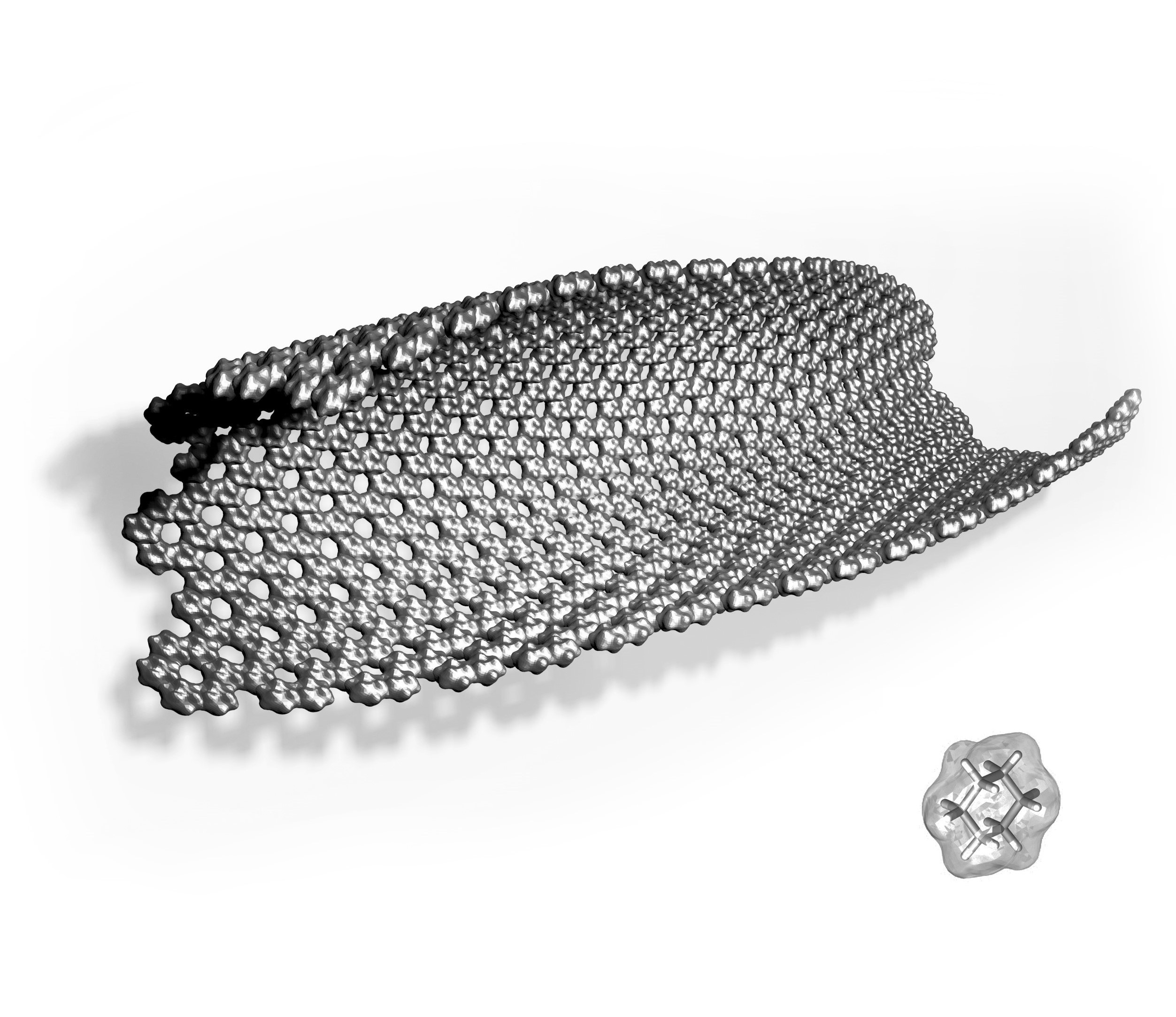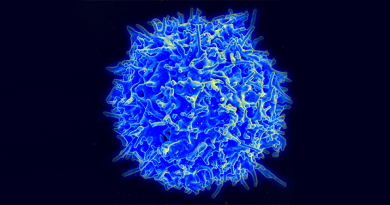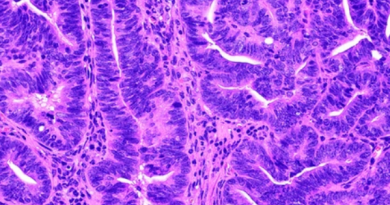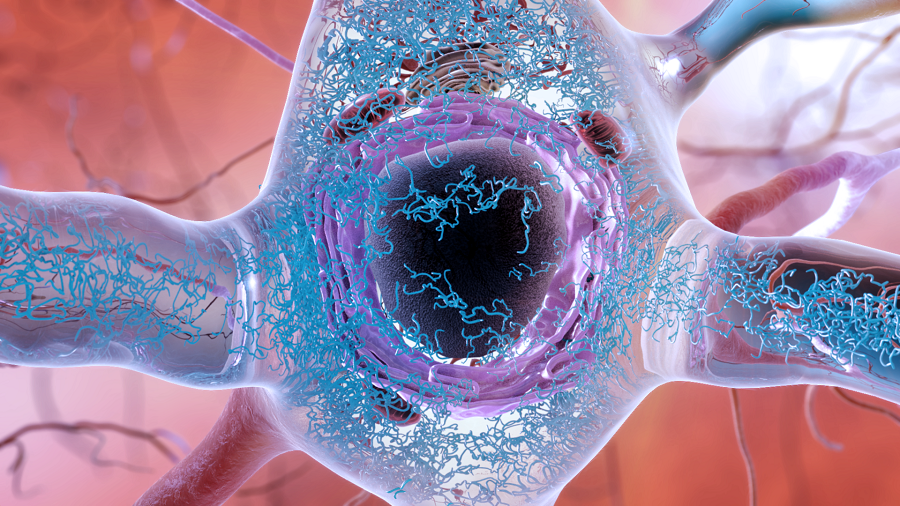Image of the Month — Graphene ribbon as an ideal scaffold.

The large surface area of graphene, a thin, tightly packed layer of carbon atoms, makes it an ideal scaffold to which you can attach a variety of bio-related materials such as drugs, and imaging contrast agents for imaging techniques such as MRI (magnetic resonance imaging)/computerized tomography (CT) etc. The conjugate can also enhance targeting (via proteins/anti bodies) and passive uptake into tumors. Graphene has already found use as a photothermal therapy agent, absorbing light across most of the optical spectrum (including infrared) and as such can be used to introduce heat into cancer cells. It is used by the Baylor College of Medicine Department of Surgery’s division of surgical oncology, where researchers are looking at its potential to be an agent of radiofrequency electric fields.

When Dr. Stuart Corr, assistant professor of surgery, division of surgical research at Baylor, and his colleagues were testing the biocompatibility of graphene nanoribbons – put together in a way to make them extremely water soluble, they saw some interesting cancer cell dynamics. — Scott Holmes, department of surgery



